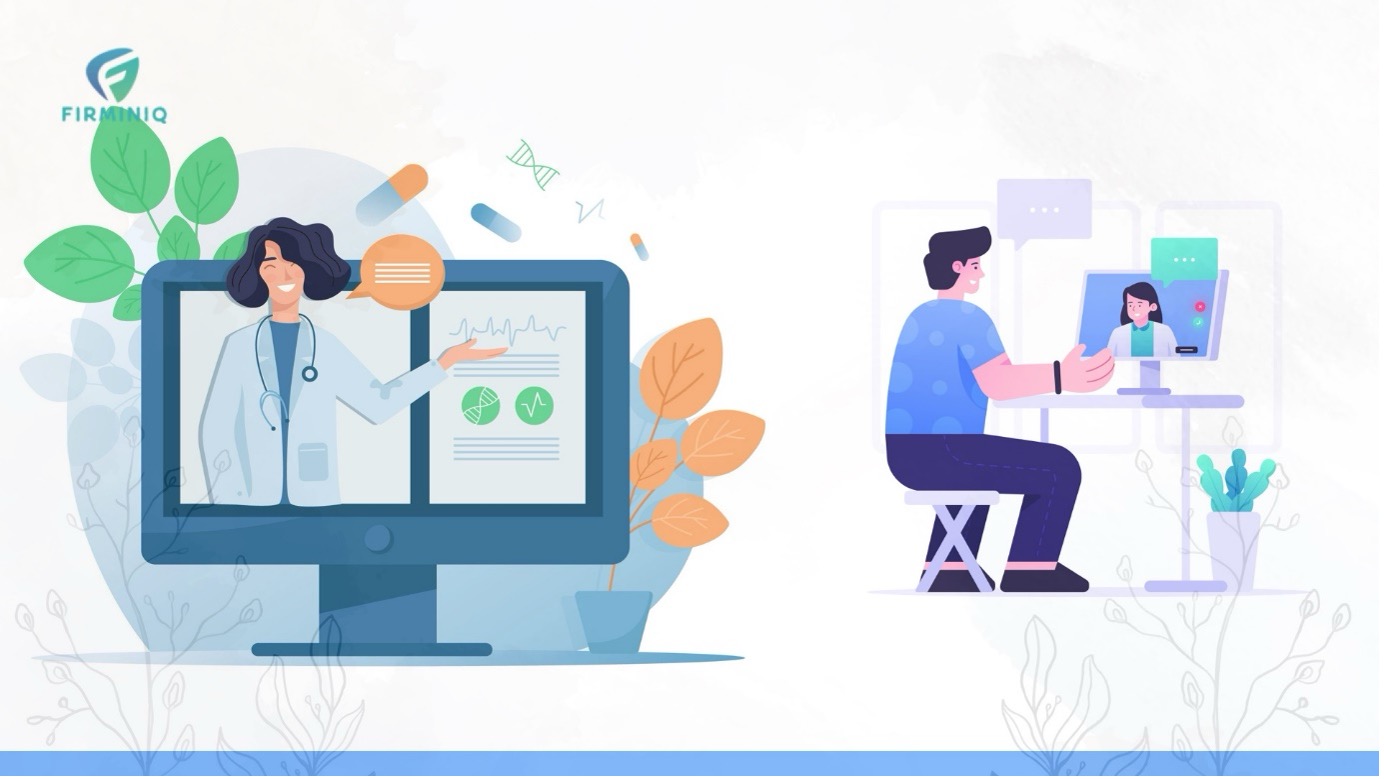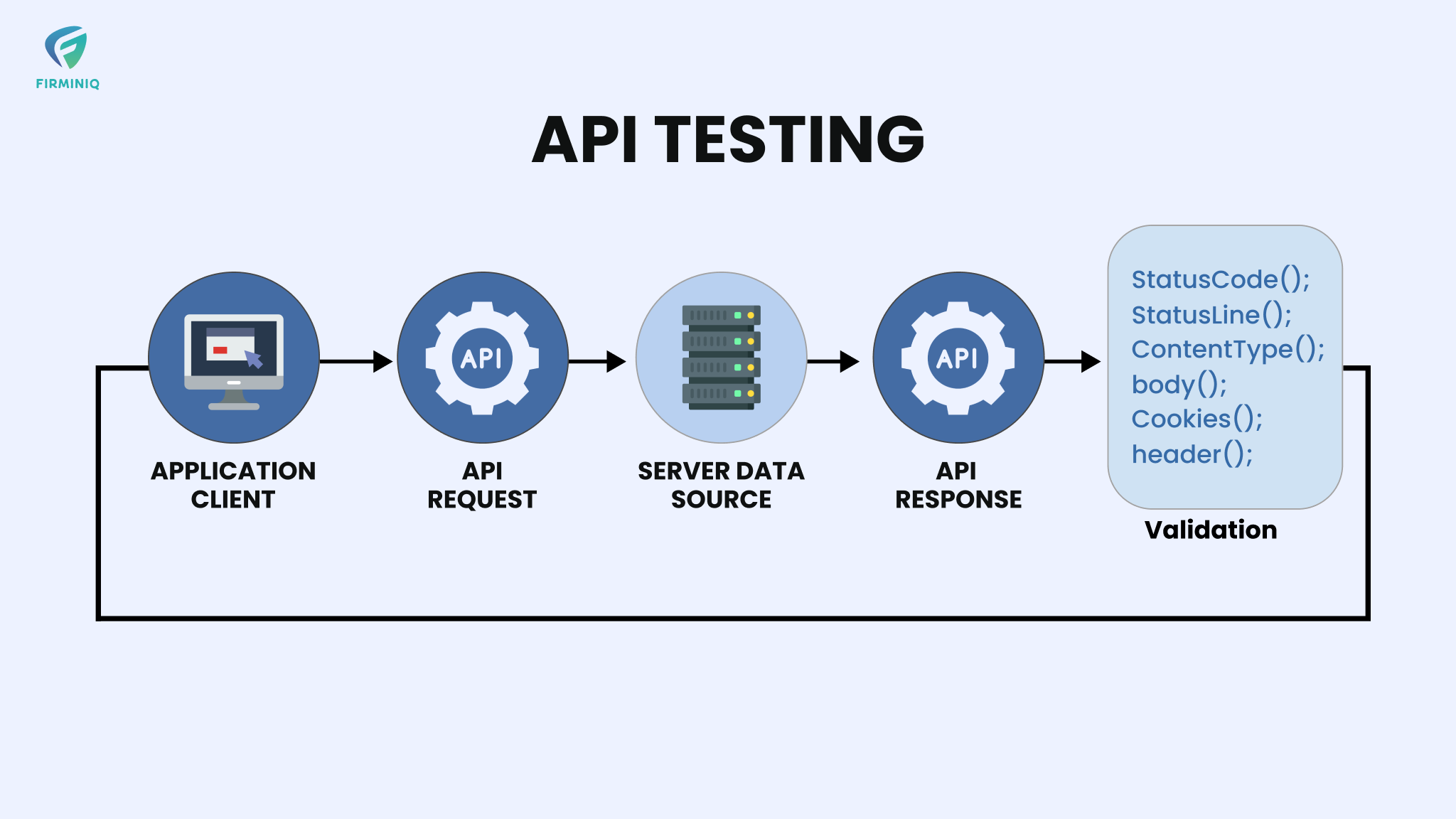India stands at a crucial crossroads in its healthcare journey. On one hand, it’s making great strides in digital transformation; on the other, millions across the country still struggle to access timely, affordable, and quality medical care — especially in semi-urban and rural regions. From chronic diseases to seasonal outbreaks, the need for regular, reliable care has never been more urgent.
Yet our current healthcare system is stretched thin. Hospitals are overwhelmed, medical professionals are concentrated in urban centres, and patients often wait until conditions worsen before seeking help. In this environment, the traditional model of care — where treatment depends on physical presence — is simply no longer enough.
According to the Journal of Primary Health Care & Practice (JPHPC), “Access to quality health care in rural and remote areas of India is a significant challenge due to the need for health-care infrastructure, medical personnel, and funding.” This deep-rooted imbalance makes it clear that India must explore new, scalable ways to deliver care beyond the hospital walls.
That’s where Remote Patient Monitoring (RPM) and Telehealth come in — not just as conveniences, but as necessities. These solutions are helping shift healthcare from a reactive, visit-based model to a proactive, relationship-based approach. They give both doctors and patients the power to stay connected, intervene early, and manage care continuously.
In this blog, we explore why India needs to scale RPM and Telehealth right now — not as a future ambition, but as a present-day strategy to transform care delivery, optimize resources, and ensure every Indian has a chance at healthier living, no matter where they live.
The Rural Healthcare Challenge
Approximately 64% of India’s population resides in rural areas, yet these regions often lack adequate healthcare infrastructure. According to the Ministry of Health and Family Welfare, as of March 2023, India had 1,69,615 Sub-Centres (SCs), 31,882 Primary Health Centres (PHCs), 6,359 Community Health Centres (CHCs), 1,340 Sub-Divisional/District Hospitals (SDHs), 714 District Hospitals (DHs), and 362 Medical Colleges (MCs) serving both rural and urban areas.
These healthcare infrastructures are supported by 2,39,911 Health Worker (Male + Female) at SCs, 40,583 Doctors/Medical Officers at PHCs, 26,280 Specialists & Medical Officers at CHCs, and 45,027 Doctors and Specialists at SDHs and DHs. Additionally, there are 47,932 Staff Nurses at PHCs, 51,059 Nursing Staff at CHCs, and 1,35,793 Paramedical Staff at SDHs and DHs across the country.
Despite these numbers, many rural residents travel over 100 km to access healthcare facilities, incurring high out-of-pocket expenses.
The Promise of RPM and Telehealth
RPM involves using digital technologies to collect health data from individuals in one location and electronically transmit it to healthcare providers in a different location for assessment and recommendations. Telehealth encompasses a broader scope, including virtual consultations, remote diagnostics, and health education.
These technologies offer several benefits:
- Accessibility: Patients in remote areas can receive timely medical advice without traveling long distances.
- Cost-Effectiveness: Reduces the financial burden associated with travel and hospital visits.
- Continuous Monitoring: Chronic conditions like diabetes and hypertension can be managed more effectively with regular monitoring.
- Resource Optimization: Helps in efficient allocation of medical resources and reduces the strain on urban healthcare facilities.
Current Adoption and Growth
India is beginning to embrace this transformation. The Telehealth market in the country has seen significant growth, with revenues reaching USD 6,280.2 million in 2024 and expected to reach USD 27,196.1 million by 2030. Similarly, India’s Remote Patient Monitoring Market Industry is expected to grow from 2.59 (USD Billion) in 2024 to 34.25 (USD Billion) by 2035.
Government initiatives like the Ayushman Bharat Digital Mission have facilitated the creation of nearly 380 million health accounts, enhancing digital health infrastructure. The eSanjeevani platform has provided over 276 million consultations, demonstrating the potential of telemedicine in reaching underserved populations.
These numbers highlight that India has laid the digital foundation. The next step is scaling solutions that turn technology into impact.
Challenges and the Way Forward
Despite the promising growth, several challenges need to be addressed:
- Digital Literacy: Many rural residents lack the necessary skills to use digital health platforms effectively.
- Infrastructure: Inconsistent internet connectivity and electricity supply can hinder the effectiveness of RPM and telehealth services.
- Trust and Awareness: Building trust in digital healthcare solutions requires community engagement and education.
To overcome these challenges, a multi-faceted approach is necessary:
- Training Programs: Educate healthcare workers and patients on using digital health tools.
- Infrastructure Development: Invest in improving internet connectivity and power supply in rural areas.
- Role of Private Innovators: The Government alone cannot carry this transformation. Healthcare innovators need to step up and create patient-first digital platforms as per Indian realities.
- Public-Private Partnerships: Encourage collaborations between government bodies and private enterprises to expand the reach and effectiveness of digital health services.
Conclusion
Scaling Remote Patient Monitoring and Telehealth is not just a technological advancement; it’s a crucial step towards equitable healthcare access in India. By addressing existing challenges and leveraging the potential of digital health solutions, India can ensure that quality healthcare is accessible to all, regardless of geography.
Are you ready to lead this change in your practice? If you’re a hospital, clinic, or care provider looking to deliver smarter, scalable care — now is the time to act. Contact us to know more.






